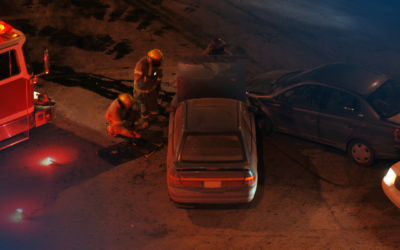Personal Injury Lawsuit – Legal Process
The legal procedure for filing a personal injury claim is essential to seeking justice and compensation for damages suffered. Understanding this process is essential for those who have been injured due to the negligence of another party.
Below, we will examine the key steps in filing a personal injury claim.
Personal Injury Lawsuit – Legal Process
1. Initial Evaluation:
The first step in filing a personal injury claim is the initial evaluation. A personal injury victim should meet with an attorney to discuss the case details. During this initial consultation, the attorney will review available information, including medical reports and details of the incident. This evaluation will determine whether the case has merit and its value.
2. Collection of Evidence:
Evidence is collected once it has been decided to continue with the lawsuit. This may include obtaining police reports, witness testimony, medical records, and evidence supporting the claim that another party’s negligence caused the injury.
3. Presentation of the Claim:
With the evidence gathered, the lawsuit is filed. This is a legal action that seeks compensation from the guilty party. The lawsuit will include details about the incident, the injuries sustained, and the compensation requested.
4. Response of the Respondent:
Once the lawsuit is filed, the defendant has the opportunity to respond. They can admit or deny the accusations and present their own evidence in their defense.
5. Negotiation and Mediation:
Personal injury claims are often resolved through negotiation and mediation rather than going to trial. With the help of their attorneys, the parties involved can reach an agreement on the amount of compensation without needing a trial.
6. Judgment:
If the parties involved do not agree, the case can go to trial. Here, both parties will present their arguments and evidence before a court. A jury or judge will decide the outcome of the case.
7. Appeals:
After the trial, both sides can appeal if they are unsatisfied with the outcome. This can prolong the legal process.
8. Execution of the Sentence:
If the plaintiff wins the case and compensation is awarded, the defendant must comply with the judgment. This may involve paying a lump sum or creating a payment plan.



